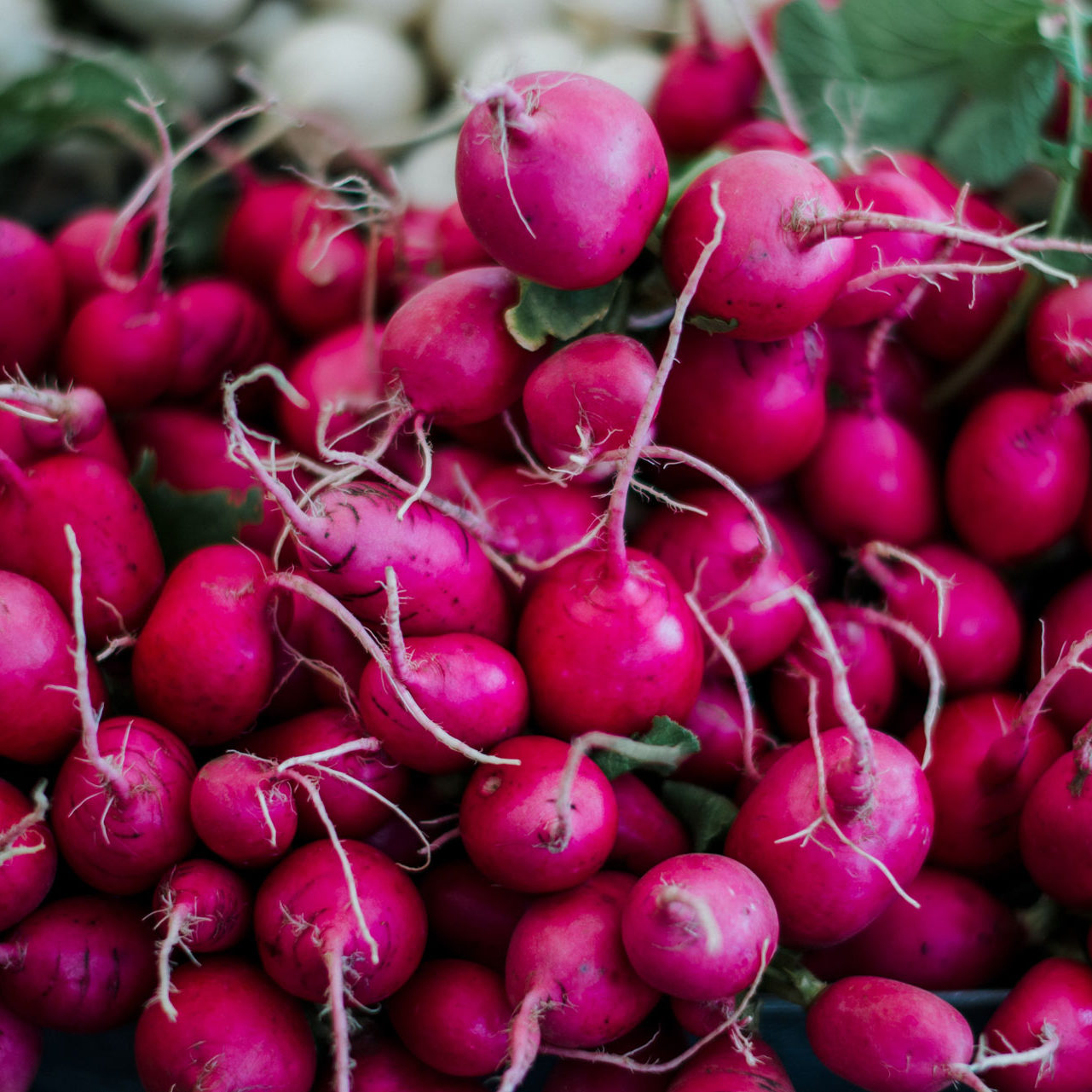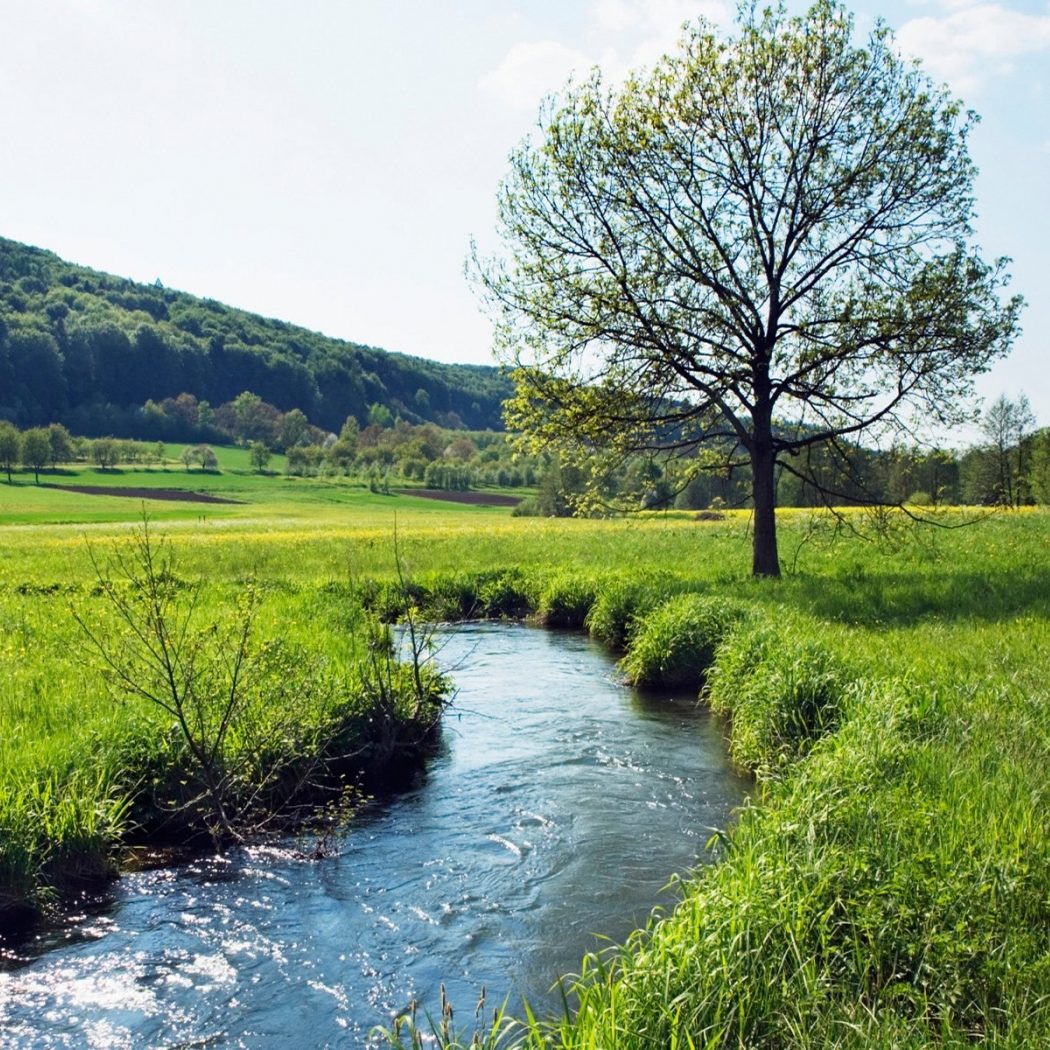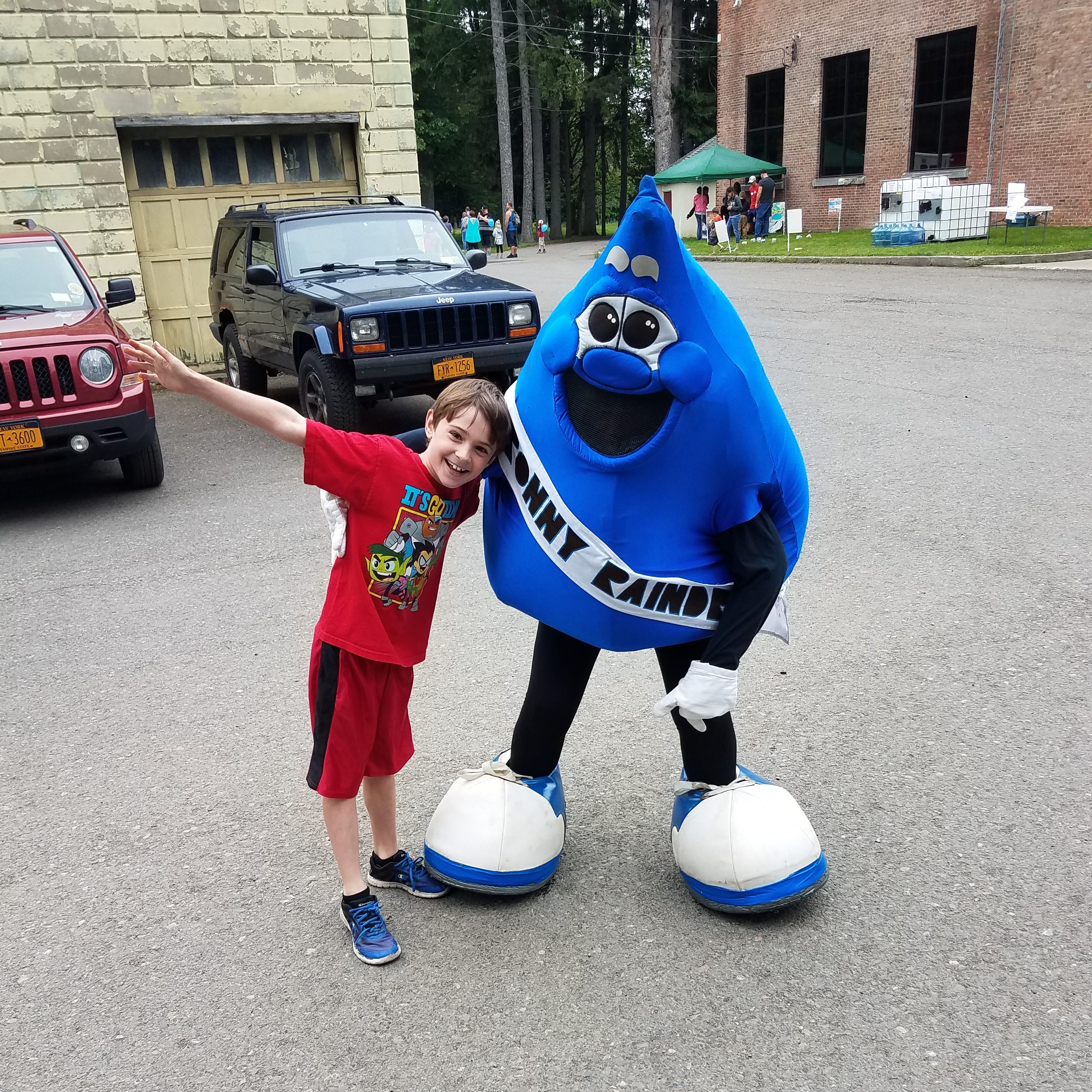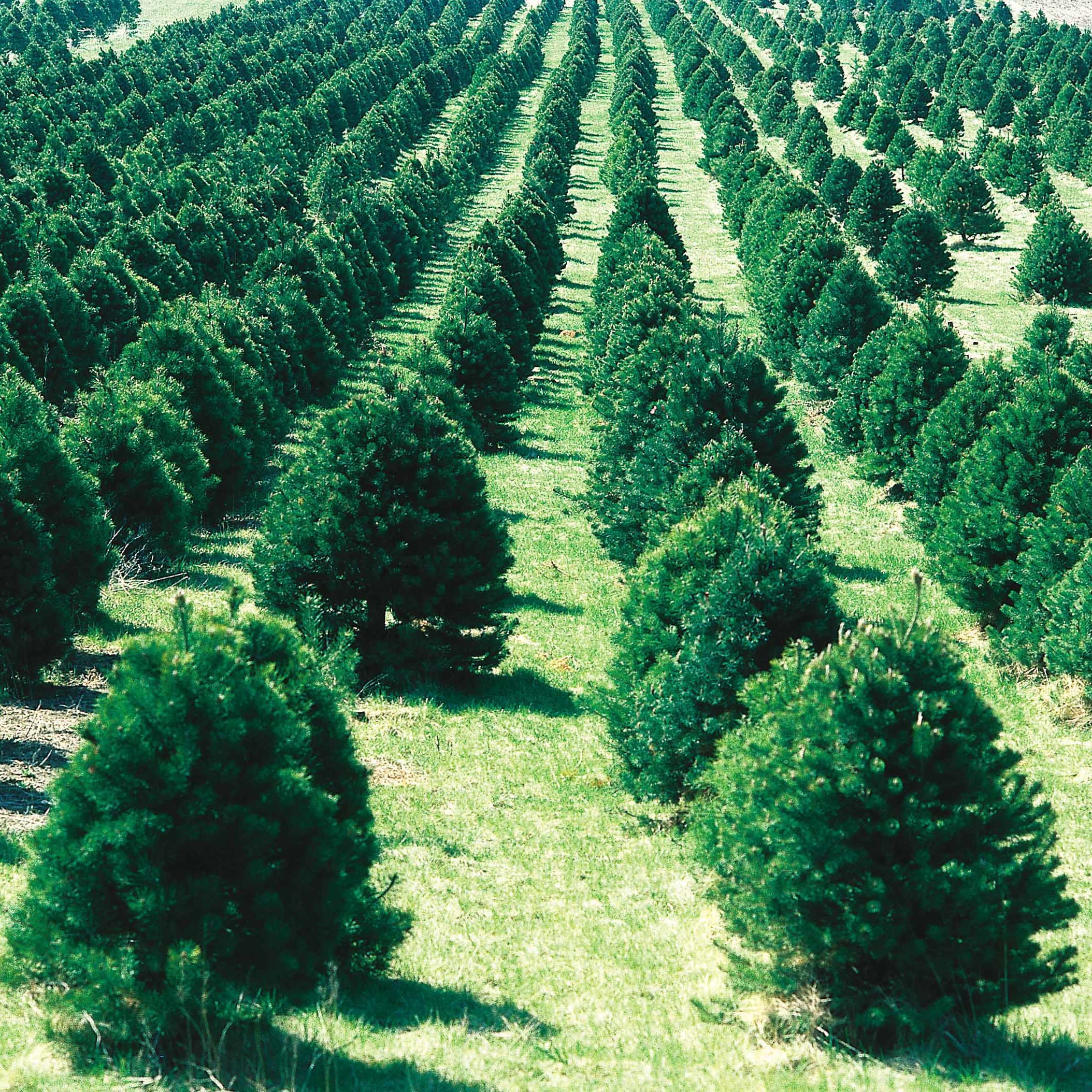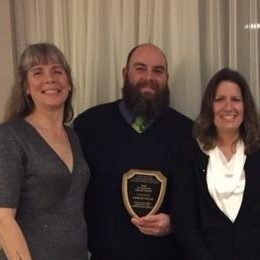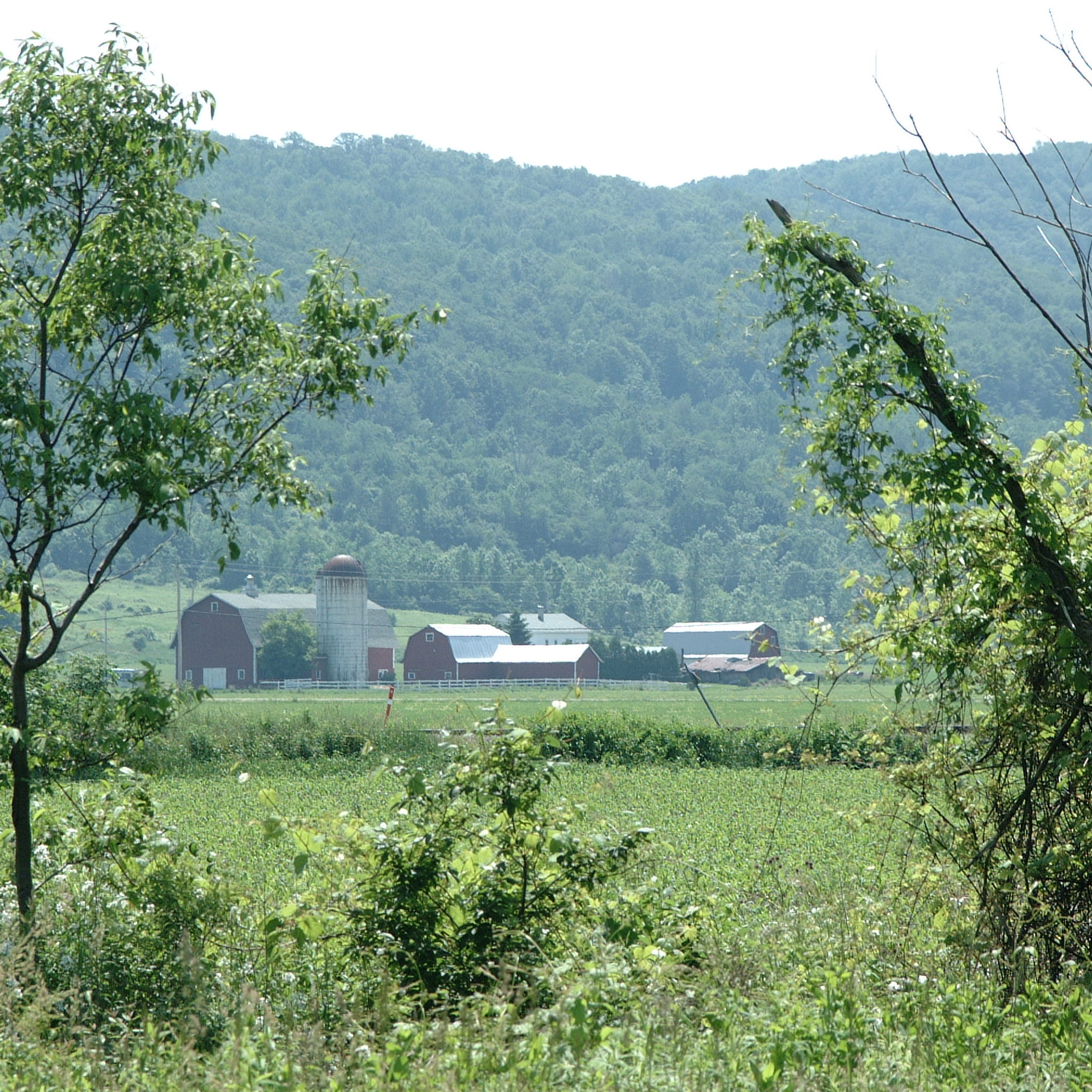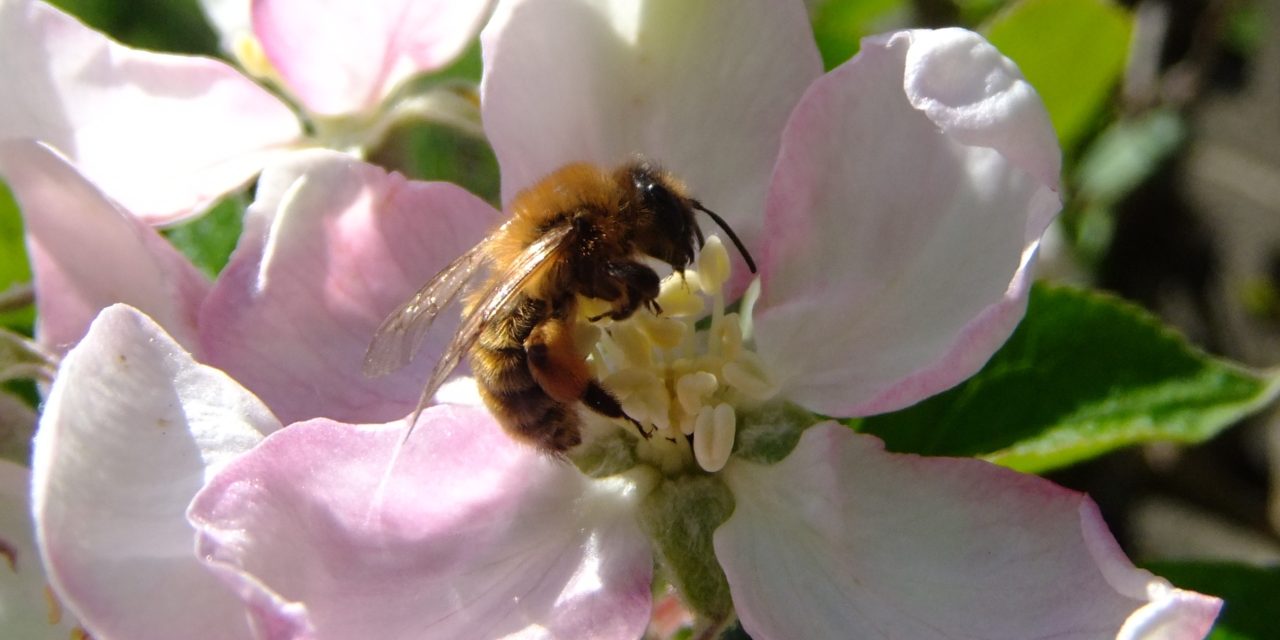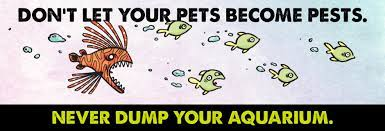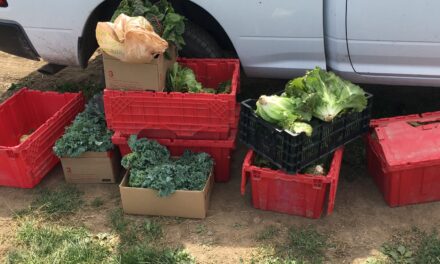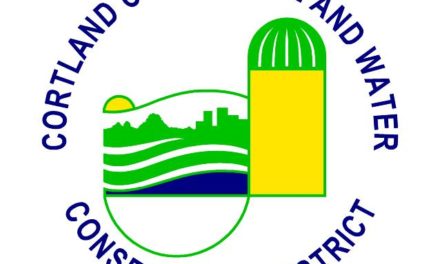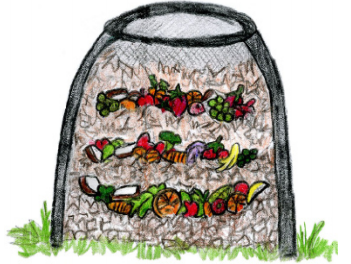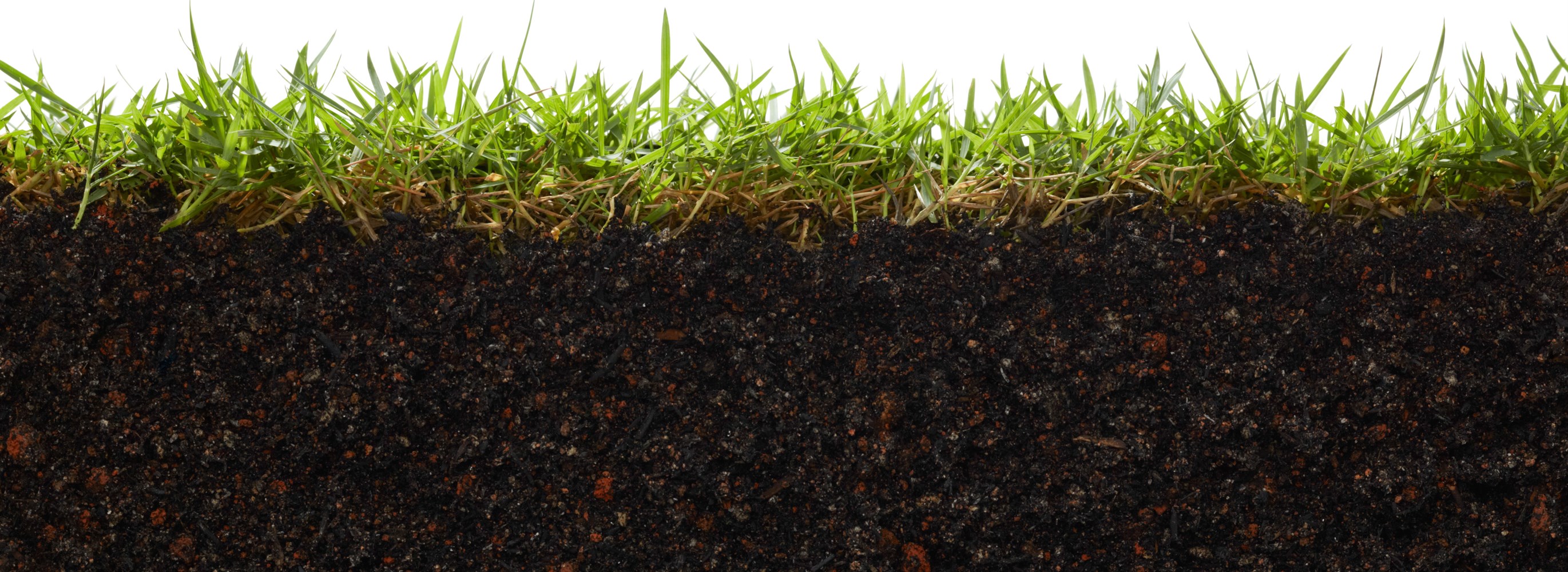My legs are heavy with pollen that I’ve flown miles to collect. Going from flower to flower, I pick up some pollen with the fine hairs on my legs. I can’t carry all of it though, and end up leaving some of it behind on different plants and their flowers. I am told that this is pollination and that it is part of my job description. You see, I am a worker bee, as are all of my sisters. We venture out of our home, called a hive, on the warm days to collect as much pollen and nectar as we can to bring it back and make honey.
Each year, I carry pollen on my legs from the stamen of a plant from one flower to the next flower to allow them to reproduce. I am responsible for pollinating crops such as blueberries, cherries, apples, and more! As farmers continue to have to feed more and more people on less and less land, my job as a honeybee becomes harder and harder.
In fact, I have the hardest job of them all. I work almost non-stop on pollinating to keep nature alive, and making honey to help keep my colony alive. The Queen has the easiest job, all she does is lay eggs for the next generation. Drones are the only male bees and they are only around for reproduction.
In recent years our habitats have been struggling, and we have been experiencing a decline in numbers. Disease, pesticides, parasites, and poor nutrition from a loss of habitat are all stressors affecting our health. Please take a moment to help us little bees by planting bee friendly plants like cosmos, dahlias, sunflowers or even vegetable plants and fruit trees or bushes. We also appreciate a water source and always appreciate a good bee bath!
Thank you for taking the time to read and enjoy this blog post! Feel free to contact us or someone from the American Beekeeping Federation for more information on what you can do to support pollinator habitats and prevent colony collapse.

